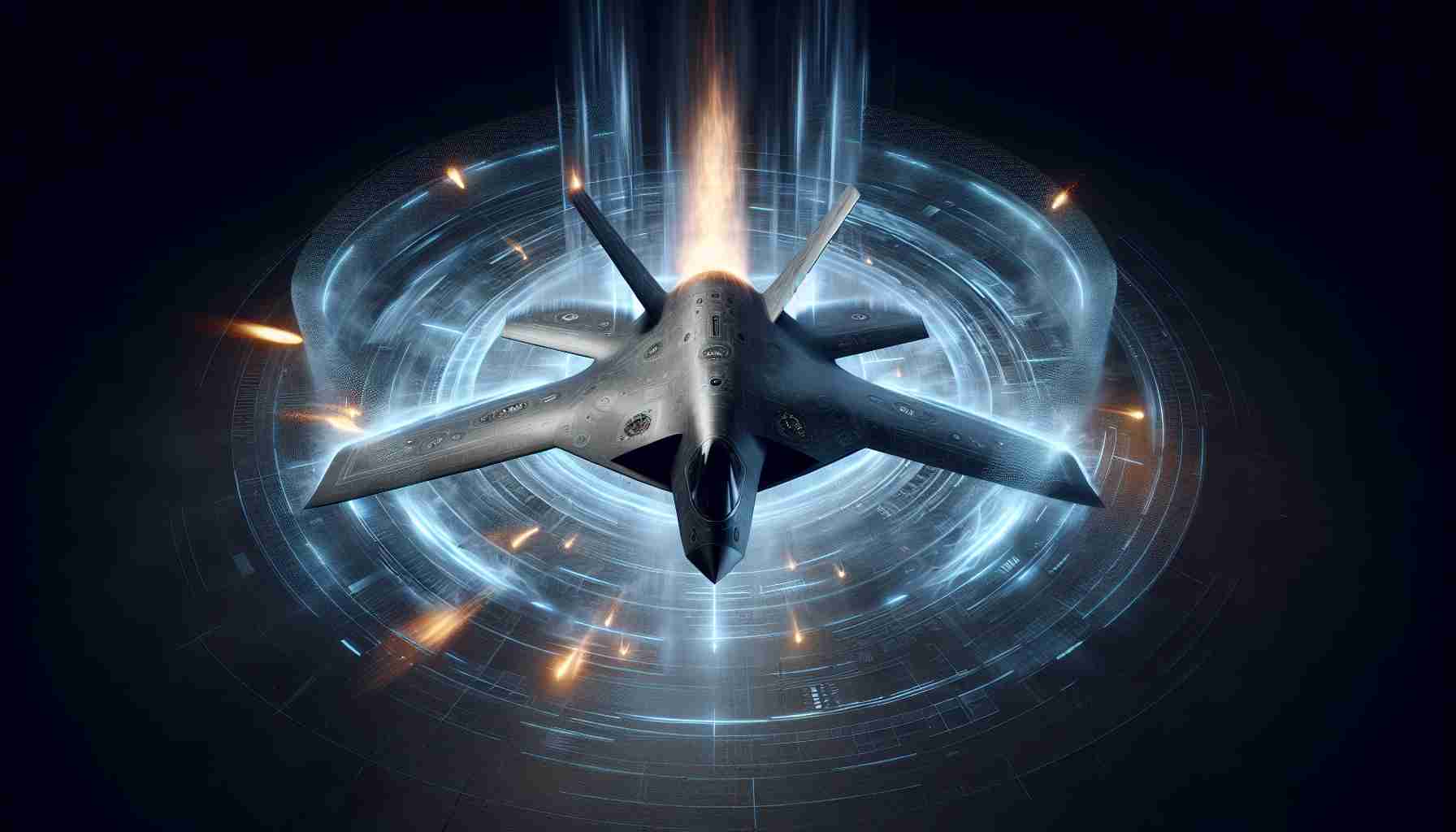In a dramatic turn of events, an F-35B stealth fighter jet mysteriously navigated 60 miles on its own before plummeting into a South Carolina field last September. This incident, involving a U.S. Marine Corps aircraft from the Marine Fighter Attack Training Squadron 501, occurred after the pilot ejected during a tumultuous weather situation. Fortunately, the crash spared any lives on the ground.
The investigation, unveiled by the US Marine Corps on October 31, unraveled the sequence of mishaps leading up to the crash. On the afternoon of September 17, the jet was operated by a skilled pilot who safely ejected amid harsh weather conditions near Joint Base Charleston. Post-ejection, the advanced control systems of the F-35 kept it airborne unmanned for over 11 minutes before ending the flight in Williamsburg County.
An array of technical glitches sabotaged the mission. Malfunctions in the helmet-mounted and panoramic cockpit displays, coupled with an electrical issue, disrupted crucial navigation systems and communications, throwing the pilot into confusion. Yet, these issues were found unrelated to maintenance errors.
Despite the stability assurances of the F-35’s cutting-edge systems, the investigation highlighted the pilot’s unnecessary ejection—a consequence of misinterpreted flight crises during a stormy encounter. Meanwhile, the aircraft’s stealth traits were partially blamed for the delayed crash detection as it slipped below radar horizons.
Internationally, the F-35 remains a pivotal asset for 17 countries, offering variants adaptable to varied military operational demands despite a history marred by incidents across the globe.
The Autonomous Flight Mystery: How Unmanned Aircraft May Change the Future
The incident involving the F-35B stealth fighter jet, which navigated solo before crashing into a South Carolina field, isn’t just a tale of technical mishaps but a window into the future of autonomous and unmanned aerial vehicles. This unexpected event presents new dimensions for understanding the consequences of technology on society, military operations, and global relations.
How Autonomous Systems Affect People and Communities
The capabilities demonstrated by the F-35 during its unaided journey raise questions about the broader implications of autonomous technologies. While dramatic, the incident provides a real-world example of how autonomous systems can potentially operate without direct human intervention. This has profound effects on military strategies and civilian applications.
For communities, the prospect of self-navigating flights may seem alarming, especially when considering safety concerns. Nothing short of a miracle prevented casualties during the crash. The fear of unmanned systems malfunctioning and endangering lives is real and reflects a significant disadvantage of deploying such technologies without perfected safety assurances.
Advantages of Autonomous Flight
On the bright side, autonomous flight technology could herald a new era of safety and efficiency. Unmanned systems limit human error, traditionally responsible for most aviation mishaps. They offer advantages in dangerous weather conditions, potentially safeguarding pilots and minimizing risks in hostile environments.
Moreover, autonomous aircraft could revolutionize logistics and transportation, facilitating tasks such as disaster relief by delivering supplies to inaccessible areas swiftly and accurately.
Disadvantages and Controversies
Conversely, relying heavily on technology comes with its own set of challenges. Technical glitches, like those seen with the F-35B, can have catastrophic outcomes if not addressed preemptively. The matter of accountability in autonomous operations also stirs controversy. Who is to blame when a machine errors—a pilot, the manufacturer, or the programmer?
The stealth nature of the F-35 making its detection difficult during emergencies also fuels debate. In an age where transparency is paramount, should there be limits to such invisibility in autonomous military applications?
Questions and Answers
Q: How does the U.S. keep autonomous flight systems safe?
A: Stringent testing, constant upgrades, and comprehensive training for operators are pivotal. Continuous improvements aim to enhance system reliability.
Q: Could autonomous technology affect civilian aviation industries soon?
A: Absolutely. The technology holds potential for civilian use, from commercial drone deliveries to advanced passenger aircraft, though regulatory challenges remain.
Conclusion
Events like the F-35 incident offer a glimpse into a future where machines might handle complex tasks with minimal human input. As technological advancements continue, society must balance innovation with safety and ethical considerations to fully harness the benefits while mitigating risks.
For further exploration into military advancements and aviation news, visit Defense News and Flight Global.



















